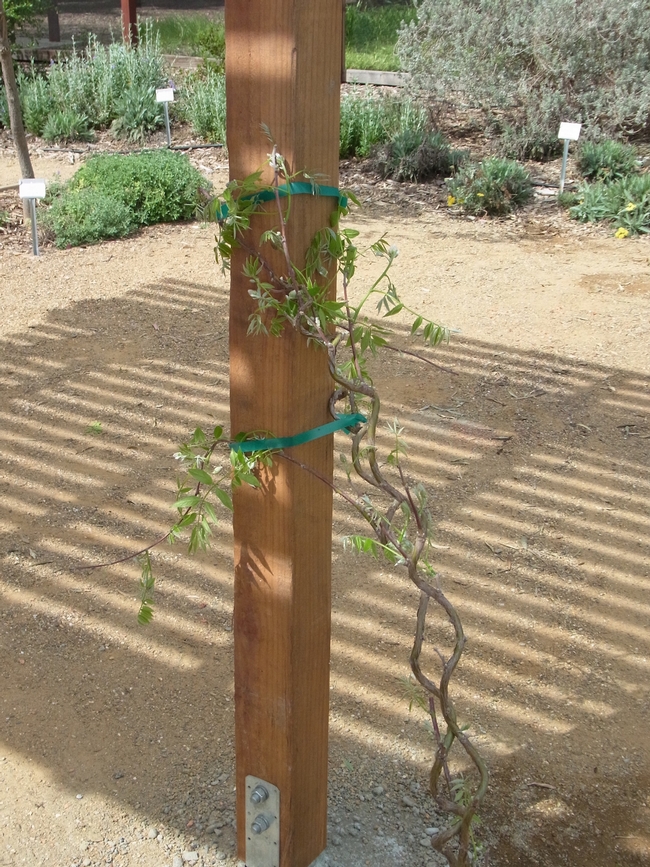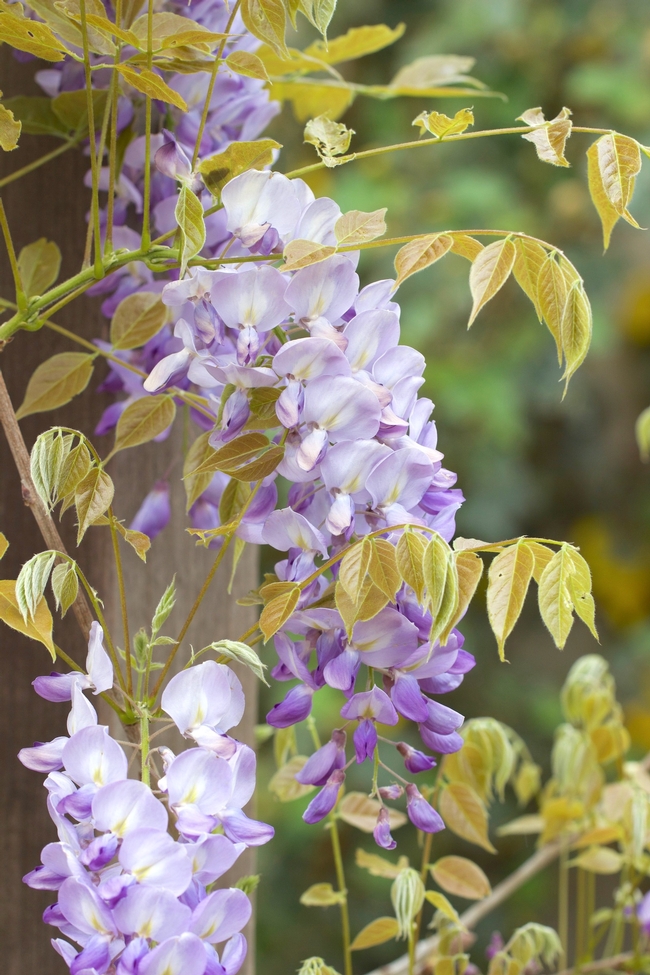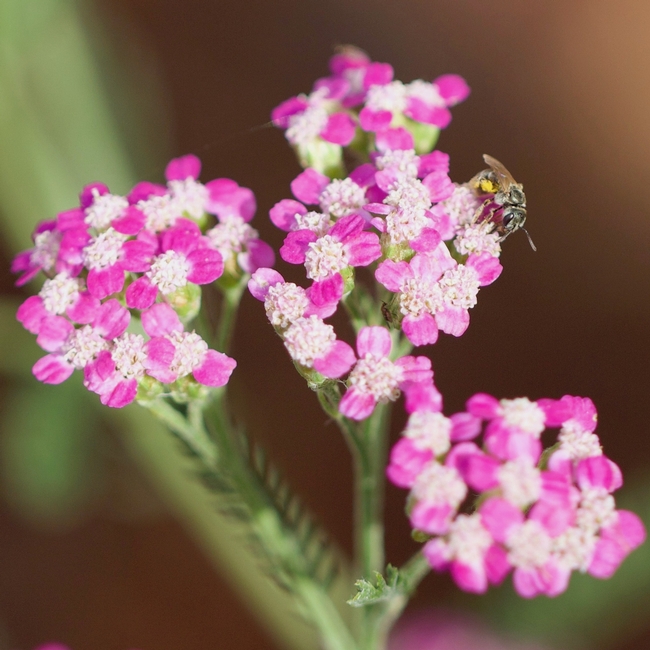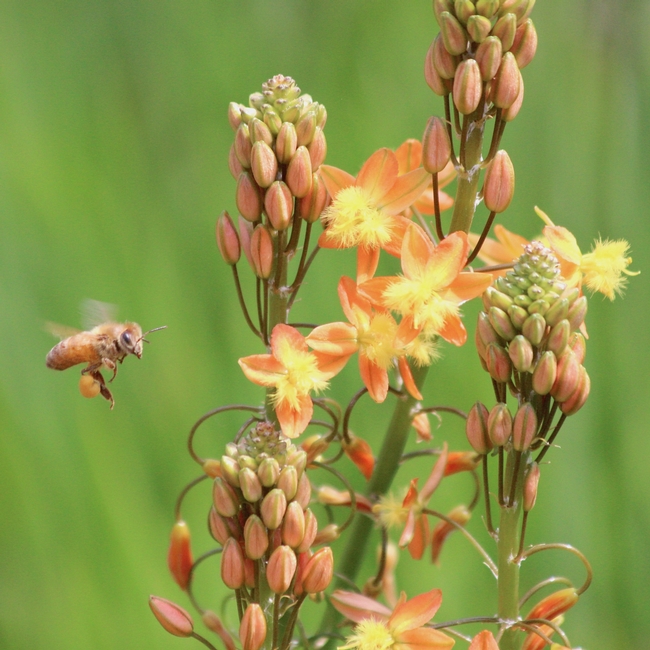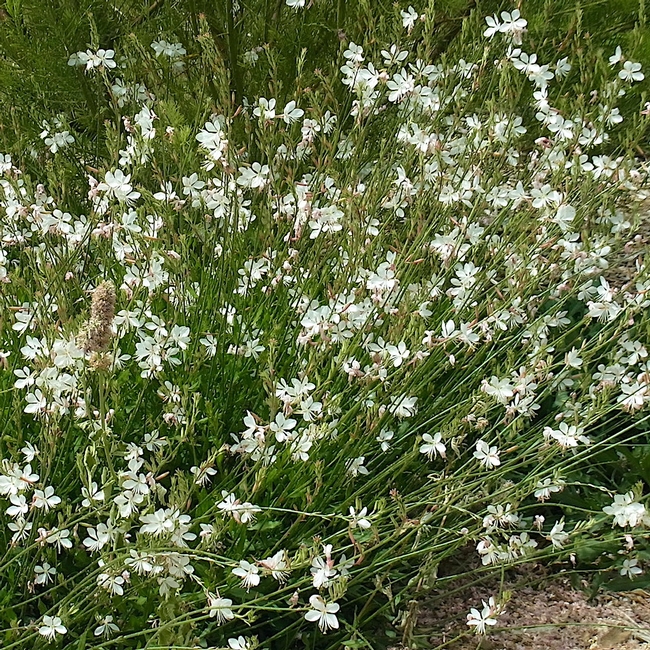- Author: Christine Casey
While California has moved back into drought, the heavy rain we experienced in December has brought on a bumper crop of weeds. The first reaction of many gardeners is to remove them, but I'm asking you to reconsider this to help the bees.
There are common weeds in the Central Valley that provide important nutrients for bees. If possible, leave some weeds behind, especially early in the year when nutrient needs are high and forage may be limited.
Here are a few blooming now to keep in your garden. These will die back once summer heat arrives, so if you're in a fire zone be prepared to remove the dried vegetation once plants are finished flowering.
Wild onion
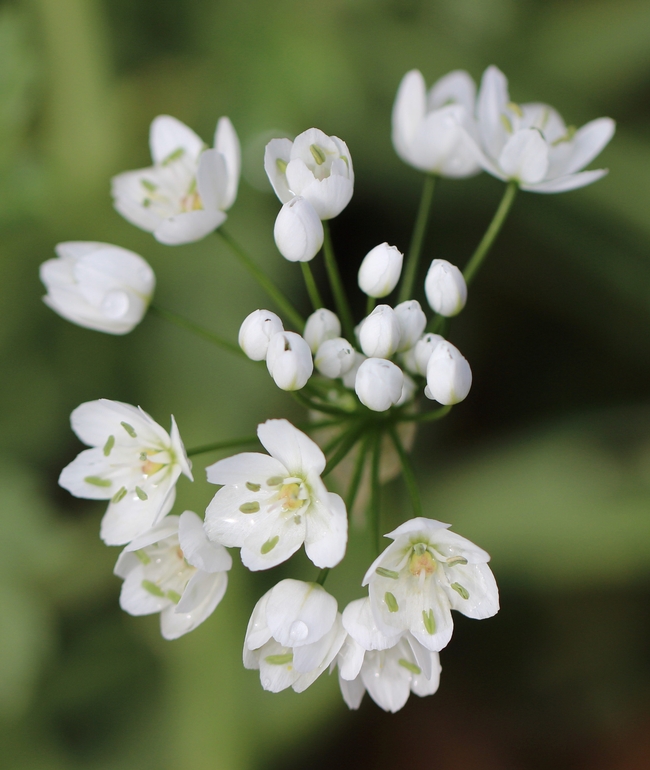
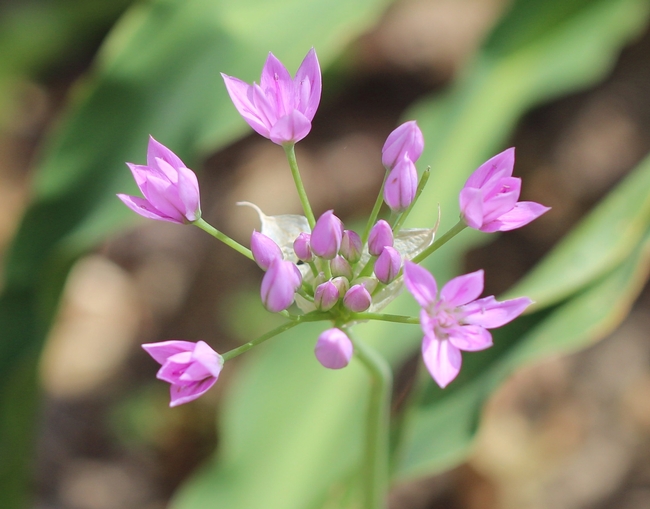
Allium triquetrum is native to Eurasia and has naturalized in many Mediterranean climates, including ours. California native Allium unifolium will spread quickly to form patches in the garden; both are well-used by bees. To learn more about onions in California, check out this article in Pacific Horticulture.
Mustard
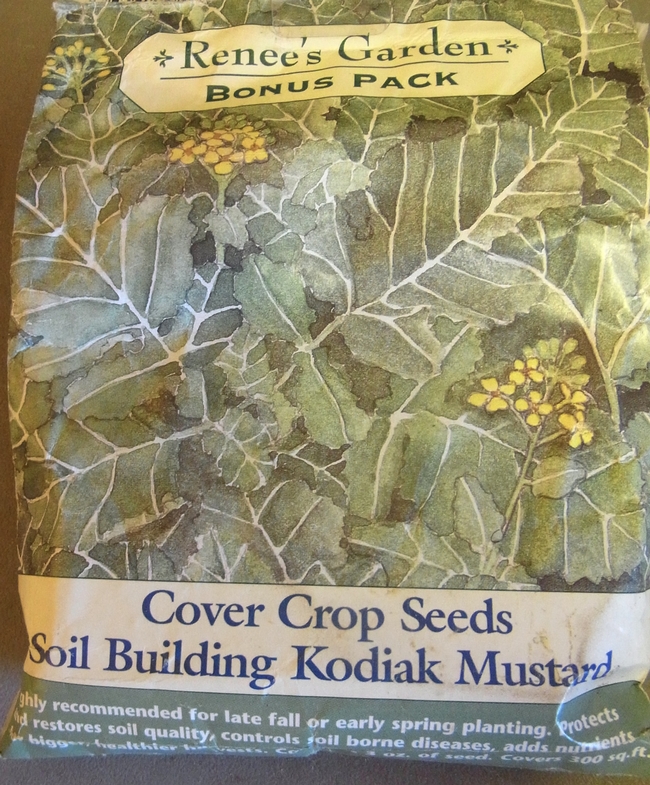

Those bright yellow fields seen in early spring are often a non-native naturalized mustard. In wild areas this can pose a fire risk as it dries down with summer heat. Mustards, however, have a high-protein pollen that's great for bees. Fortunately many are sold as cover crop seeds that can be managed in the garden. This is one that we grow annually in the Haven -- it goes straight to the compost pile once it's finished blooming, providing nutrients for next year's flowers.
Oxalis
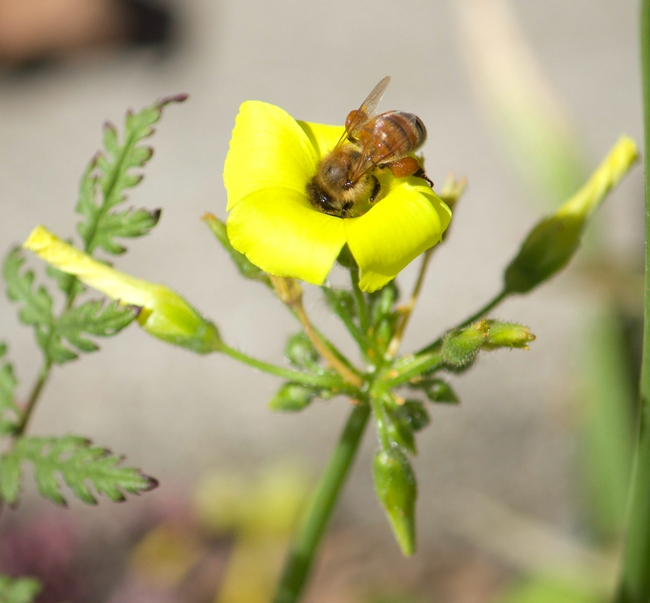
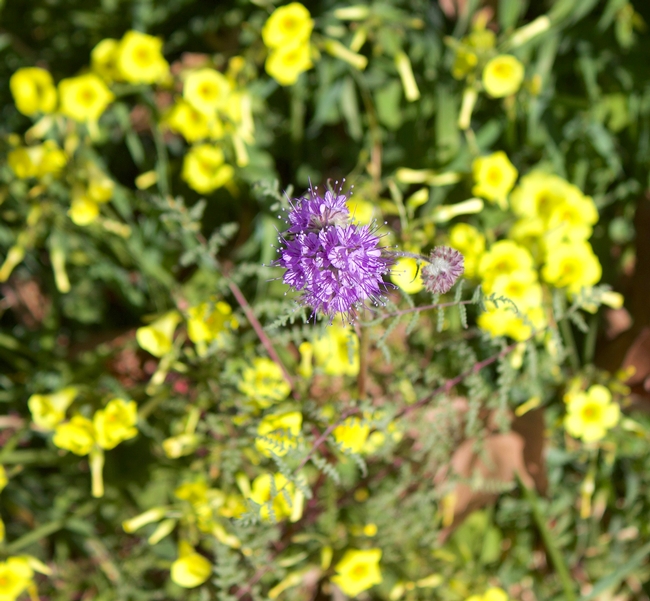
This is Bermuda buttercup, Oxalis pes-caprae. Native to South Africa, it's naturalized in Mediterranean climates worldwide. It spreads by bulb division and is difficult to control.
We don't have his weed at the Haven, but it's in my home garden. I pull much of it, but keep some for the bees. To limit spread, I only allow it to grow in the planting strip between the sidewalk and street. It provides both nectar and pollen, and also contains oxalic acid, a chemical sold commercially for varroa mite control in honey bee hives. Every few years I spread some native wildflower seeds in this spot; the highly bee-attractive Phacelia tanacetifolia has established here. California poppies and native lupines are getting ready to flower as well.
While oxalic acid has been documented to occur in leaves and stems — albeit at concentrations far lower than commercial control products — it's not been looked for in pollen or nectar. Great project for a future scientist!
- Author: Christine Casey
Bee gardeners are good stewards of the environment, which includes making the most of our precious water supplies in the garden. But are you getting the most Bees Per Gallon? We've recently completed a five-year study to evaluate the bee-attractiveness of common northern California landscape plants. Funded by the USDA-NIFA-SCRI, this work was part of a US-wide project to investigate how the horticulture industry can support bees. At UC Davis, we evaluated low- and medium-water plants that do well in northern California.
While all the plants we tested were bee-attractive to varying degrees, here are the ten most-attractive plants with WUCOLS ratings of L or VL in the Central Valley region. These are the plants that will help your garden support the most bees with the least water -- the most Bees Per Gallon!
This list is not intended to be a comprehensive recommendation. There are other great low-water bee plants (here's a list on the Haven's website); the most detailed recommendation for California bee plants of all water needs is in California Bees and Blooms by Heyday Press.
Yarrow (Achillea millefolium 'Moonshine' and 'Island Pink')
Full sun
WUCOLS rating for the Central Valley = L
Blooms summer and fall
Grows approximately 2ft h x 2ft w
Sunset zones 1-24
Cape balsam (Bulbine frutescens)
Full sun
WUCOLS rating for the Central Valley = L
Blooms nearly year-round
Grows approximately 2ft h x 3ft w
Sunset zones 8, 9, 12-24
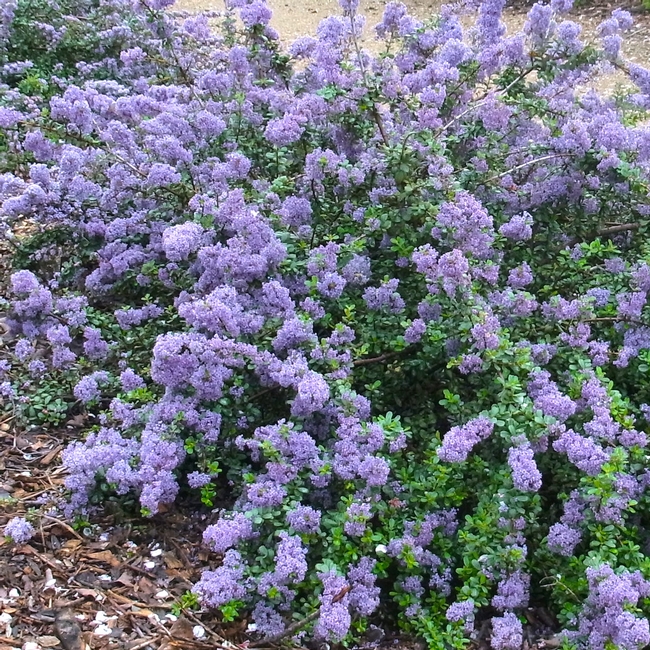
Full sun
WUCOLS rating for the Central Valley = L
Blooms late winter
Grows approximately 1ft h x 4ft w
Sunset zones 5-9,14-24
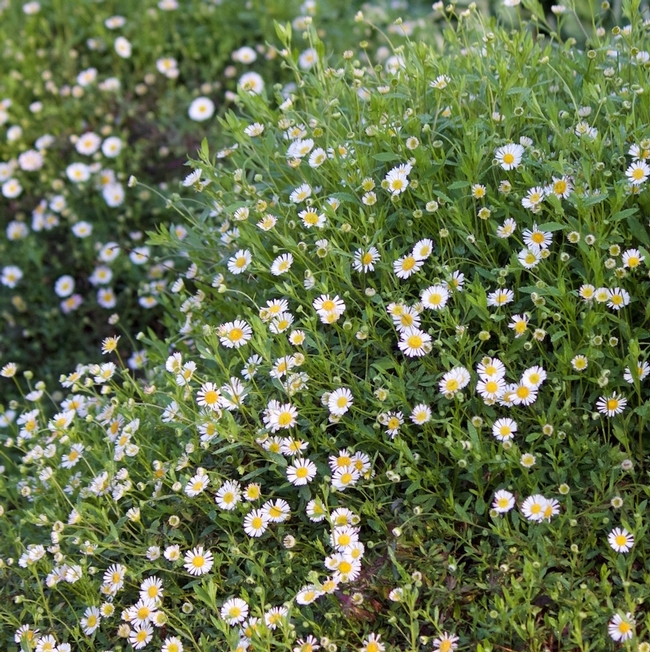
Full sun
WUCOLS rating for the Central Valley = L
Blooms nearly year-round
Grows approximately 3ft h x 3ft w
Sunset zones 8, 9, 12-24
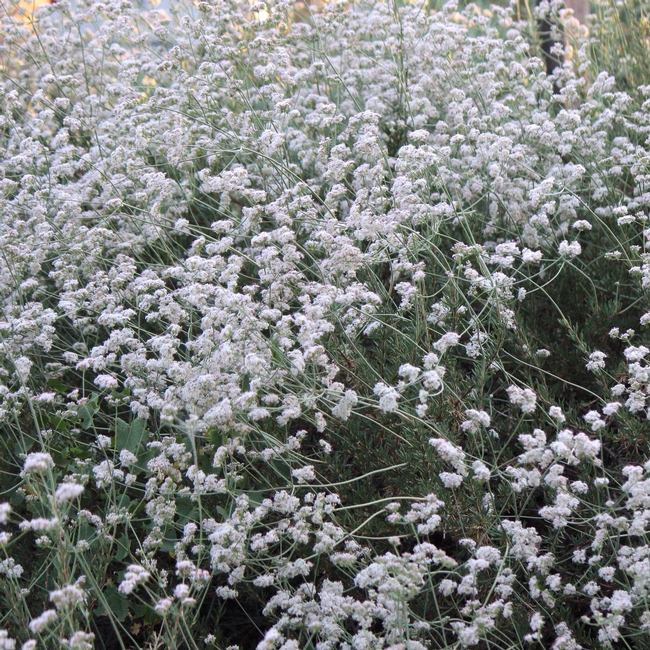
Full sun
WUCOLS rating for the Central Valley = VL
Blooms summer and fall
Grows approximately 3ft h x 3ft w
Sunset zones 7, 9, 12-24
Full sun
WUCOLS rating for the Central Valley = L
Blooms summer
Grows approximately 2ft h x 2ft w
Sunset zones 2B-24
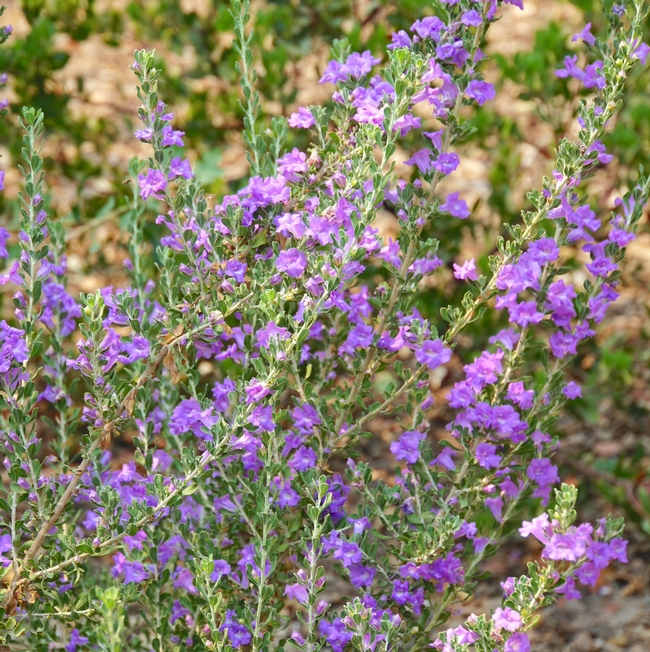
Full sun
WUCOLS rating for the Central Valley = L
Blooms late summer
Grows approximately 4ft h x 4ft w to 8ft h x 8ft w depending on variety
Sunset zones 7-24
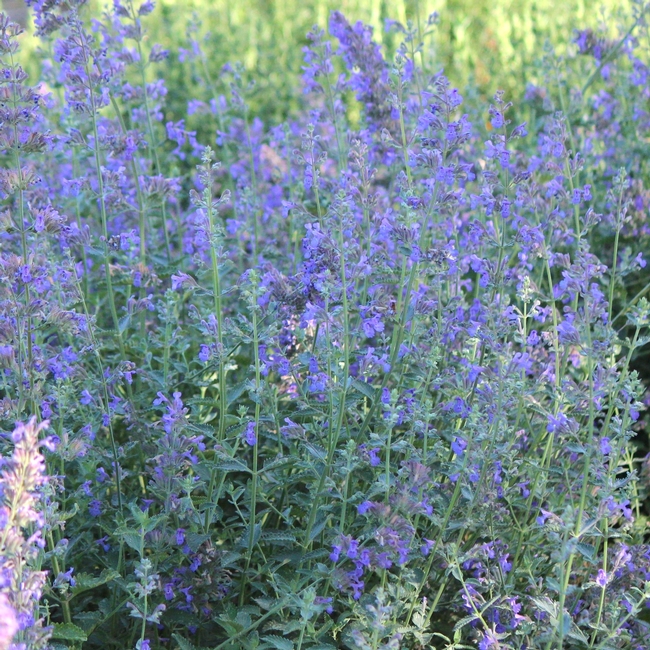
Full sun
WUCOLS rating for the Central Valley = L
Blooms summer and fall
Grows approximately 2ft h x 2ft w
Sunset zones 1-24
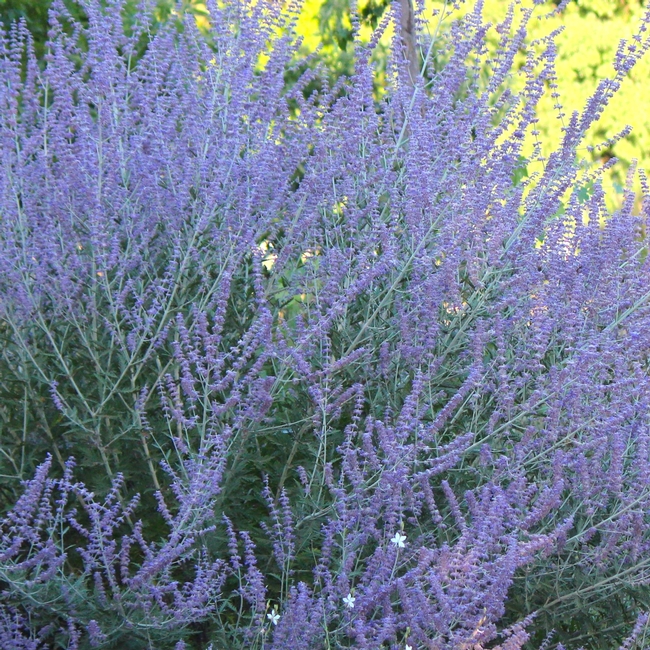
Full sun
WUCOLS rating for the Central Valley = L
Blooms summer and fall
Grows approximately 2ft h x 2ft w to 6ft h x 6ft w depending on variety
Sunset zones 2-24
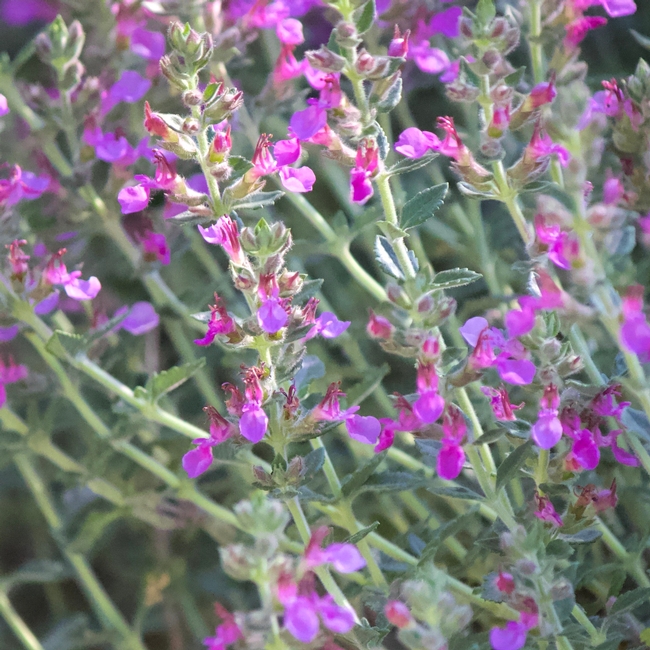
Full sun
WUCOLS rating for the Central Valley = L
Blooms summer
Grows approximately 1ft h x 2ft w
Sunset zones 2-24
- Author: Christine Casey
Conserving water and helping bees are goals shared by many gardeners. Given California's current extreme to exceptional drought status, it's time to re-visit the best low water plants for bees. Haven scientists are nearing the end of a long-term project examining bee preference for commonly used landscape plants. We've focused on low-water plants for northern California, while our San Diego-based colleagues have focused on southern California plants.
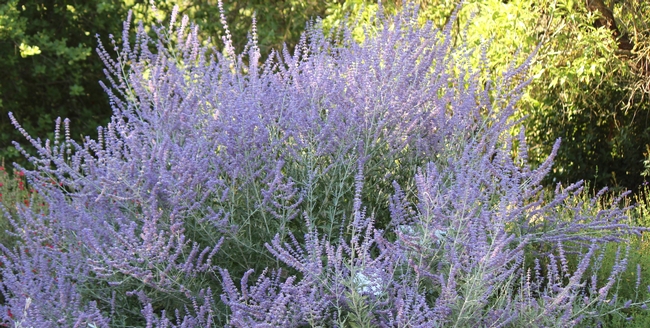
One of the consistently most-preferred plants has been Russian sage, Salvia yangii, formerly Perovskia atriplicifolia (read about its reclassification here). It's been either the first, second, or third most attractive plants to honey bees, and second, third, and sixth most attractive plant to native bees over the course of our observations.
Native to central Asia, this plant copes well with hot, dry conditions as well as extreme cold. It blooms from late spring to frost, providing a season-long bee resource. Like most members of the Lamiaceae, it serves only as a nectar source. Pair it with a complimentary colored pollen-providing plant in pink or red, like the coneflowers shown here, for both garden interest and bee nutrition.
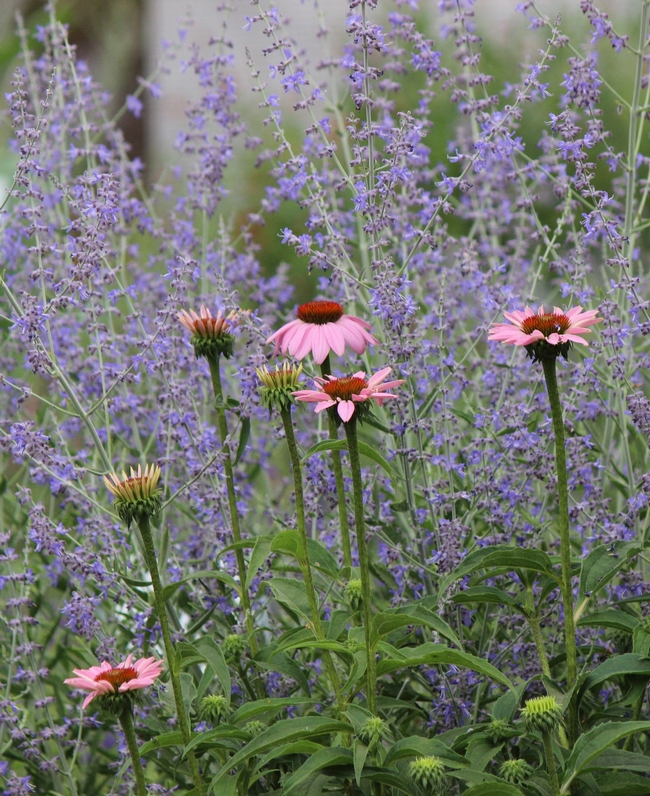
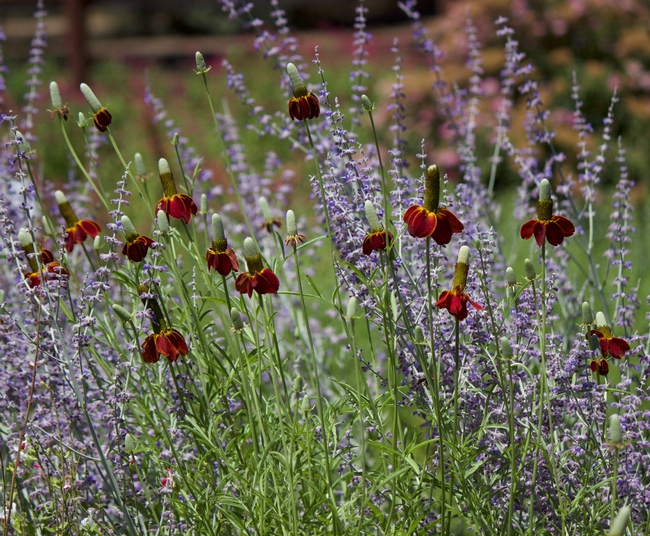
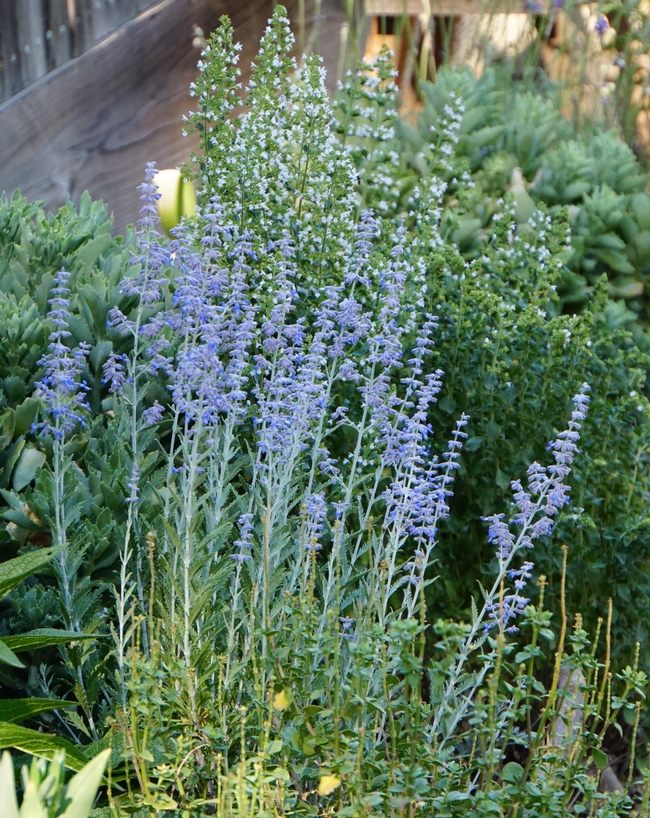
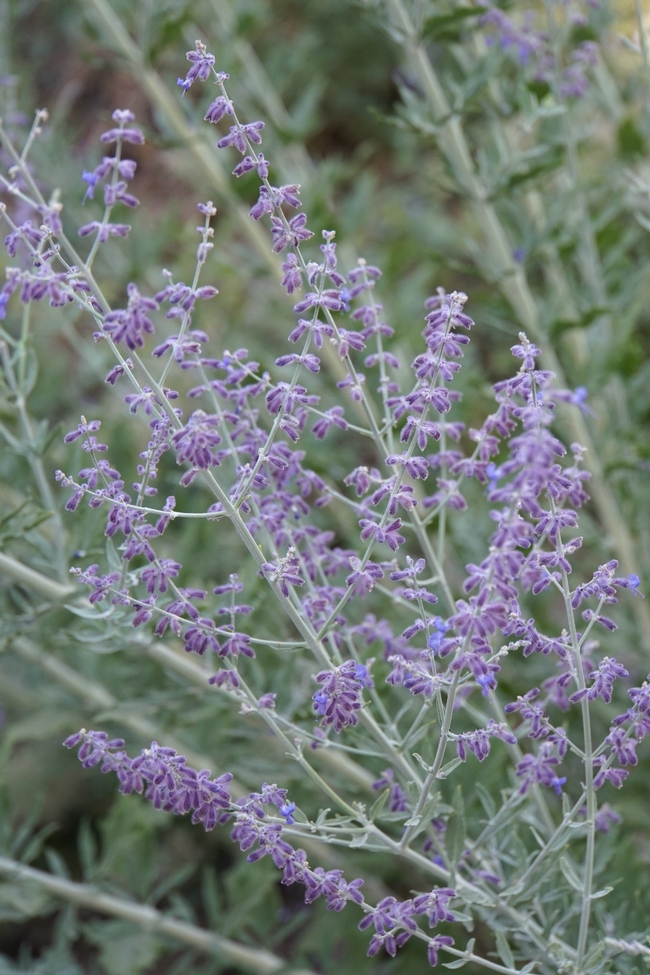
- Author: Christine Casey

The only scientific study of the role of mulch in gardens was done by a group at UC Santa Cruz as part of a larger study looking at various garden factors and their influence on bee populations. They found a negative correlation between the area of a garden with mulch cover and the number of bee species (Quistberg et al., Environmental Entomology. 2016, 45(3):592-601).
Of course this doesn't mean you shouldn't use mulch, given its benefits. Here are tips on using mulch while also conserving bee habitat:
- The bare area does not need to be large or visible. For example, a bare strip can be left along the side or back of a garage or between larger shrubs that will hide the area. It's also a good idea to not place mulch directly against tree trunks, which will also leave some bare soil.

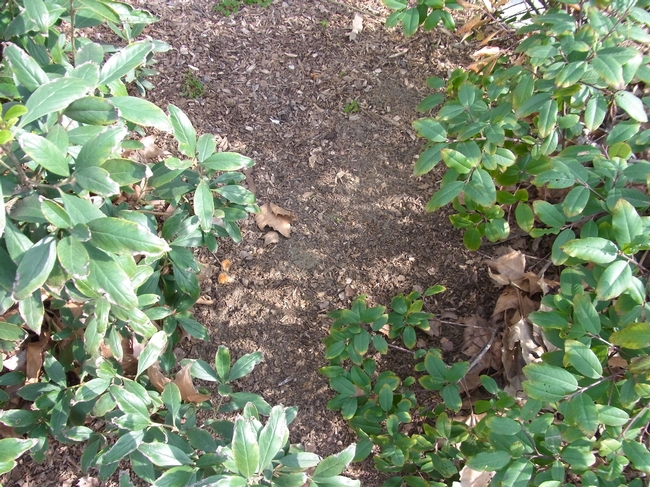
- In most of California, ground-nesting bees will be finished their seasonal activity by the end of October. If an area needs to be mulched, delay until then. The new bees should be able to emerge from underneath the mulch the following spring.
- Soil doesn't need to be amended in any way to help bees nest. These bees are native to the area and are adapted to excavate nests in hard, crusty summer soil.
- Some bee species nest along fence rows or other straight lines. They can also prefer to create nests in the shade of stones such as these along a path border.
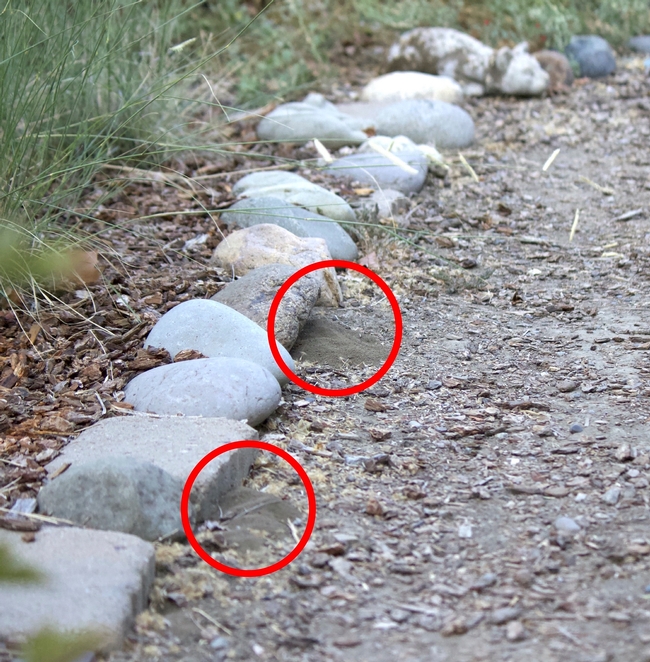
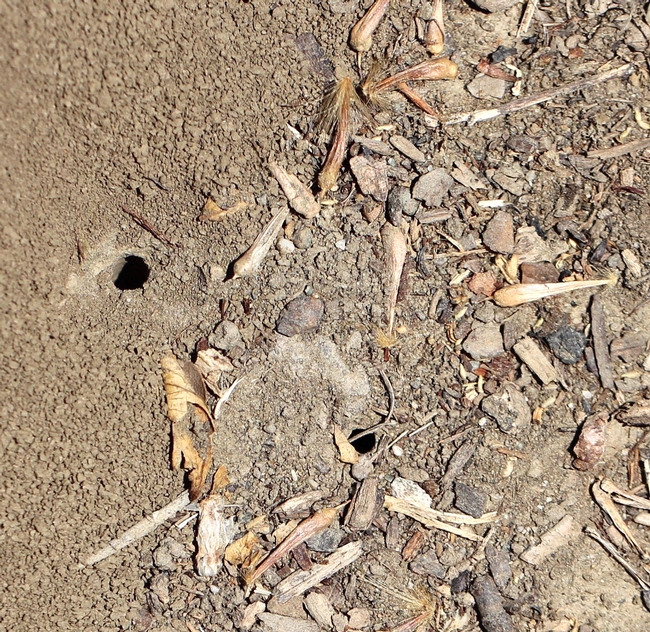
Some other mulch tips:
- If you see wasps in your mulch pile, it has probably been sitting a while and is starting to ferment, creating alcohol and sugars. This happens due to lack of oxygen. Turn the mulch pile and let it sit a few days before using it.
- Avoid colored mulch. The effect of the dyes in these products on bees in unknown.
- Do not use cocoa bark mulch if you have dogs. It can be poisonous.
- Don't overdo it. An inch or two is plenty.
- Author: Christine Casey
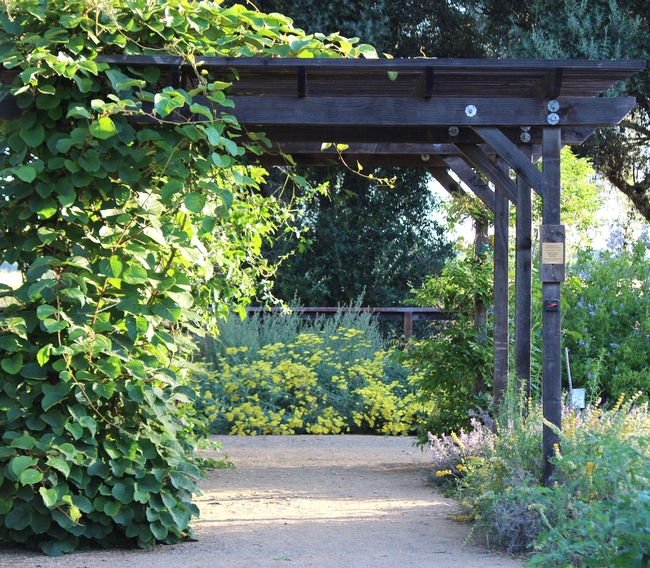
California native vines
These aren't widely available, so you'll likely need to go to a specialist nursery or plant sale to find these. These are listed alphabetically by genus, and I've indicated if it's deciduous or evergreen. These will all grow through a fence or other support and don't need to be tied.
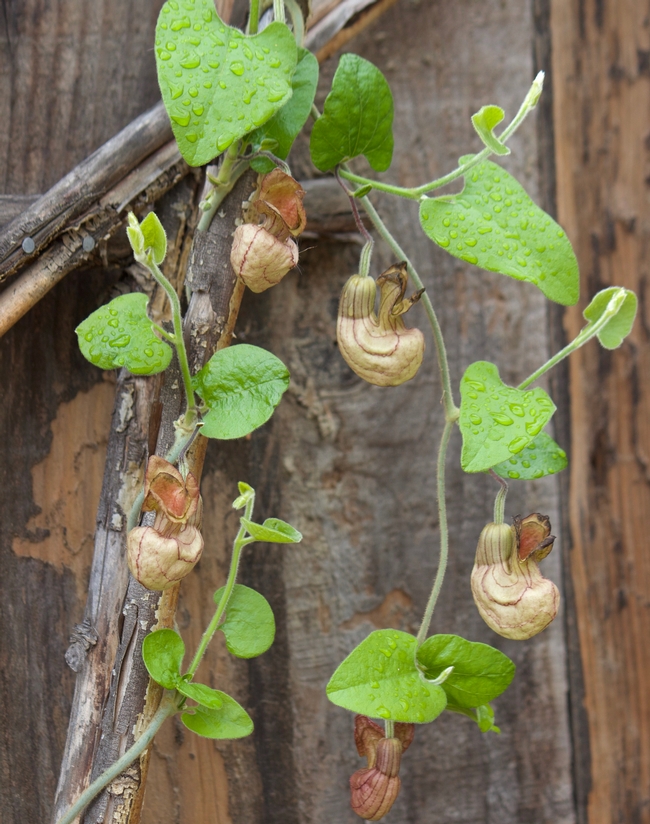
Not a bee plant, but a larval food source for the native California pipevine swallowtail butterfly. The unusual flowers are attractive to flies and appear in early spring before the leaves. Native to riparian areas in northern California and southern Oregon, it will need regular water and part shade in the garden, although it can subsist on less water but will go dormant in the summer. This plant reaches up to 15 feet and can cover a fence or grow up through a tree.
California morning glory (Calystegia purpurata ssp. purpurata). Deciduous to semi-deciduous. Sunset zones 14-24.
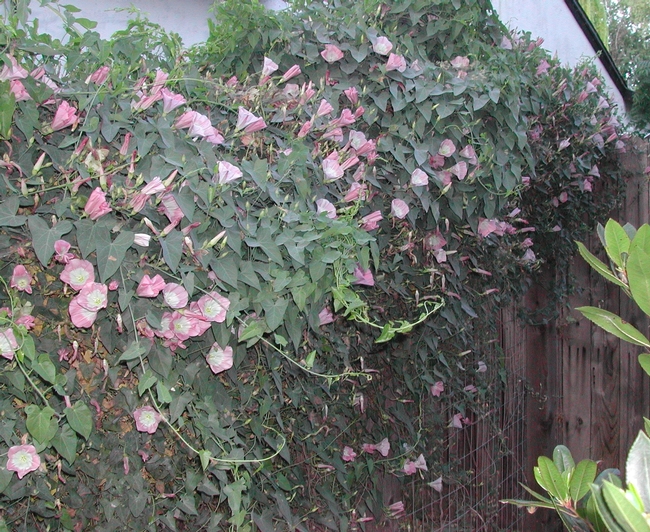
California honeysuckle (Lonicera hispidula). Evergreen. Sunset zones 7-9, 14-24.
This plant is used as either a vine or a groundcover. It differs from the more commonly sold non-native honeysuckles in that the pink and white flowers are more subtle and not fragrant. This spring-bloomer is attractive to many bees -- including honey bees, carpenter bees, and bumble bees -- and is also used by hummingbirds. Grow this low-water plant where the roots will be shaded but the foliage will be in sun. Looks best with a few deep waterings over the summer.
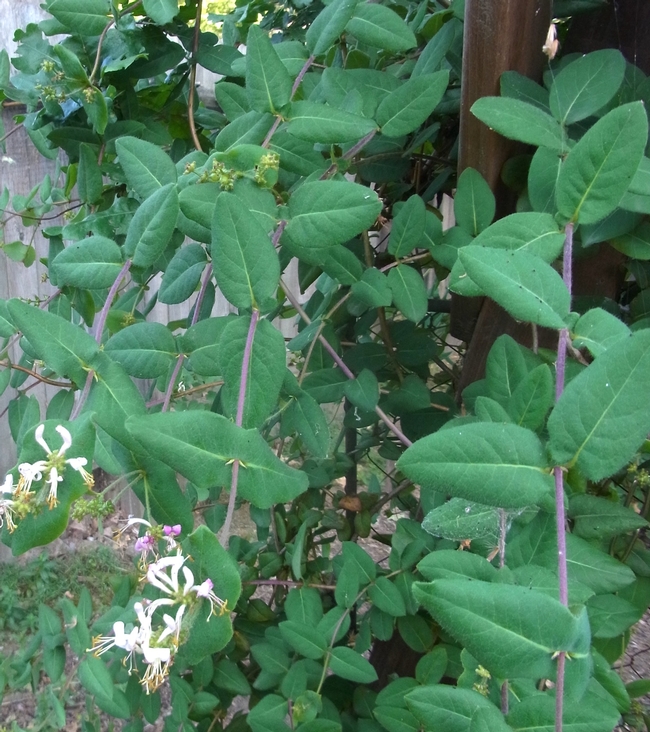
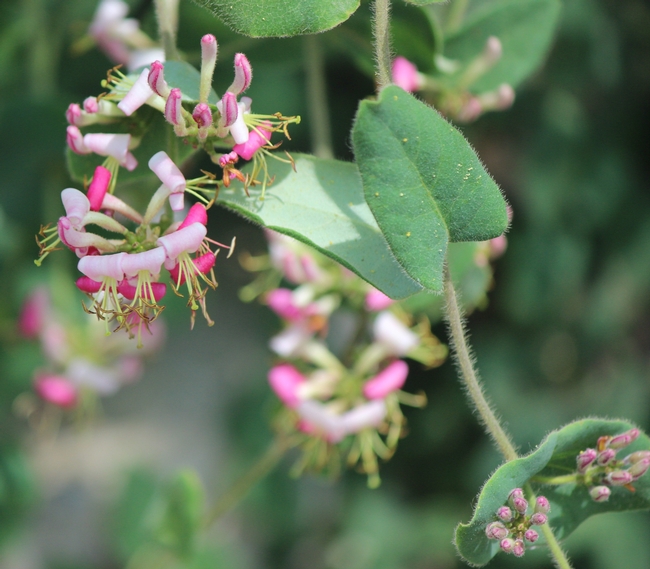

Non-native vines
These are more commonly available than the natives listed above and add additional bloom time and interest to the garden.
Purple lilac vine (Hardenbergia violacea) 'Happy Wanderer'. Evergreen. Sunset zones 8-24.
This Australian native blooms in late winter and early spring. It needs moderate water and full sun, and will need to be tied or otherwise supported as it begins to grow. Thin the stems after blooming to prevent it from becoming too tangled. The small purple flowers are attractive to honey bees.
Passion vine (Passiflora cultivars). Evergreen to semi-deciduous. Sunset zones 5-9, 12-24.
These vigorous South American natives will grow quickly to cover a fence or pergola in one season. Due to this growth habit it has become invasive in Hawaii. While the leaves can look a bit tattered by late summer, the flowers put on a spectacular show. It's the larval food source for the gulf fritillary butterfly, so it brings the colorful non-native adult butterfly to the garden. This vine will need to be tied to a sturdy structure to get it going, but once it starts it will provide fast cover. It needs regular water and full sun to light shade. There are many cultivars available with flowers in varying colors from blue to white. In addition to honey bees, we routinely see carpenter bees using this plant at the Haven.
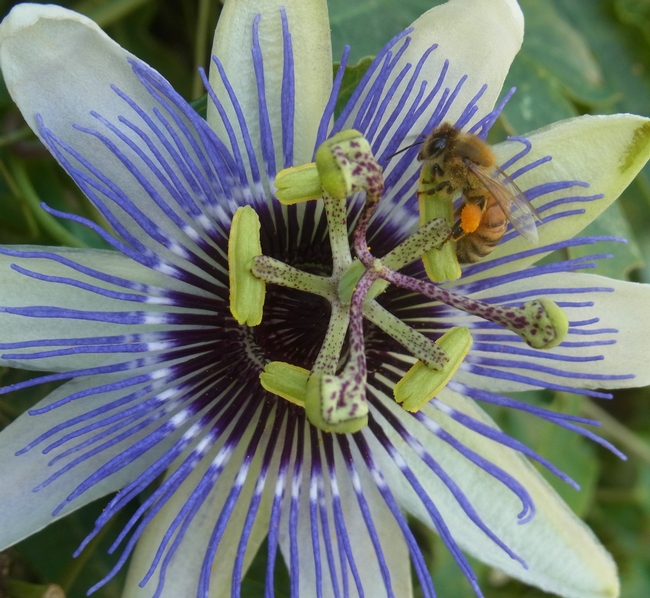
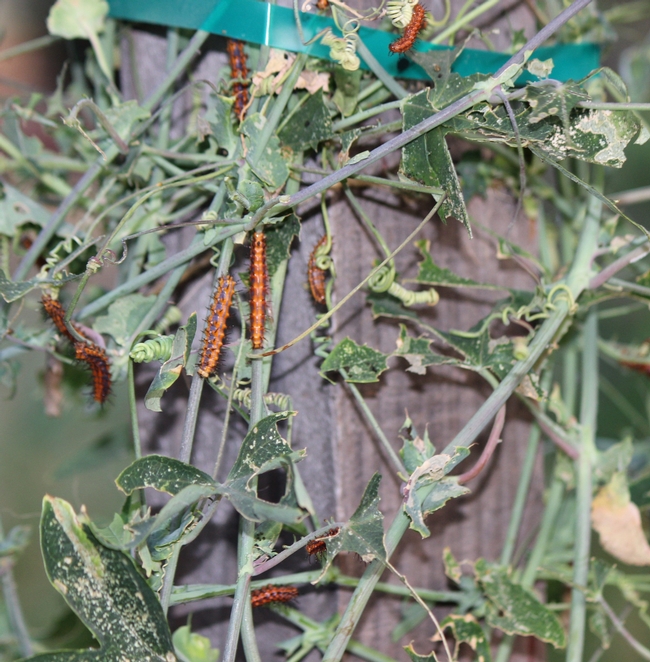
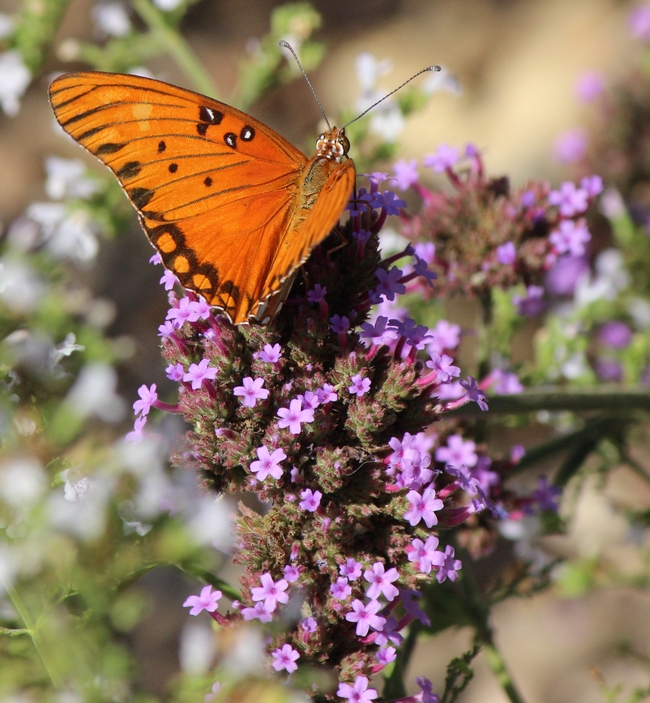
Wisteria (Wisteria sinensis). Deciduous. Sunset zones 3-24.
Next to star jasmine, this very vigorous grower might be the most commonly used vine in the Sacramento region. Just be prepared to give it a very sturdy structure! This Chinese native needs only moderate water and full sun. We grow the cultivar 'Cooke's Purple' at the Haven, as it re-blooms (although not as spectacularly) in July. It is used by larger bees like carpenter bees and bumble bees.
This plant has become invasive in the southeastern US, where the more restrained native Wisteria frutescens is a better choice.
